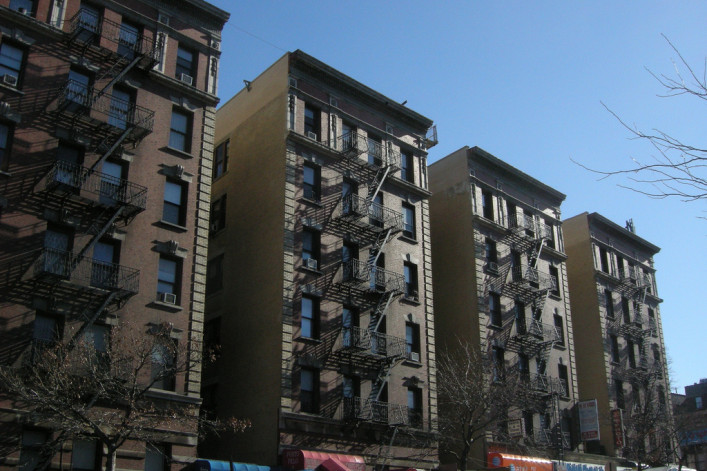After Cuomo fails to return thousands of apartments to rent stabilization, here's how to do it for yourself
Last year, it was discovered that tens of thousands of New York City tenants were paying market-rate rents for what were supposed to be rent-stabilized apartments, thanks to unclear rules and shoddy enforcement surrounding the J-51 tax abatement. (The J-51 program incentivizes landlords to fix up older buildings by offering steep tax breaks, but with the stipulation that apartments in the building remain stabilized so long as the owner is enjoying lower tax rates.)
And while Governor Cuomo had vowed to return 50,000 J-51 apartments to their rightful stabilized status, a new report from ProPublica indicates that since Cuomo's crackdown, around 22,500 apartments have been brought back into rent stabilization, less than half of the state's proposed target.
The reason? Apparently, per ProPublica, the state simply sent letters to landlords informing them of the change, and left it up to them to do the right thing, with no threat of any consequences for ignoring the law. Tenants in these buildings weren't informed of their rights at all. "When DHCR politely asks landlords to follow the law, the agency signals that landlords can continue to flout the law," an attorney for The Legal Aid Society told the site.
Thankfully, it's pretty straightforward to find out for yourself if your building is receiving J-51 benefits, and if your apartment should therefore be stabilized. As we've written previously, determing your building's J-51 status is a simple two-step process: First, enter your address into the tool on city's Housing Preservation & Development's homepage that will then give you the building's block and lot number. Once you have that information in hand, the Department of Finance has a section on its website where you can enter those block and lot numbers to find out the building's J-51 benefit history.
If the building was receiving J-51 tax breaks when you moved in, then your apartment should be rent-stabilized, and possibly even cheaper than what you're currently paying, depending on the rental history. It's up to you if you want to pursue a rent overcharge case, or simply seek to get your lease returned to rent-stabilization, and all the protections that entails.
As renters rights attorney (and Brick sponsor) Sam Himmelstein has told us, if you want to max out your possible rent savings, it's a good idea to take your case to a lawyer. But if you bring this information straight to your landlord, they're also likely to cut you some kind of deal in hopes of avoiding court.
As always in the New York City rental market, information is power.
You Might Also Like



























